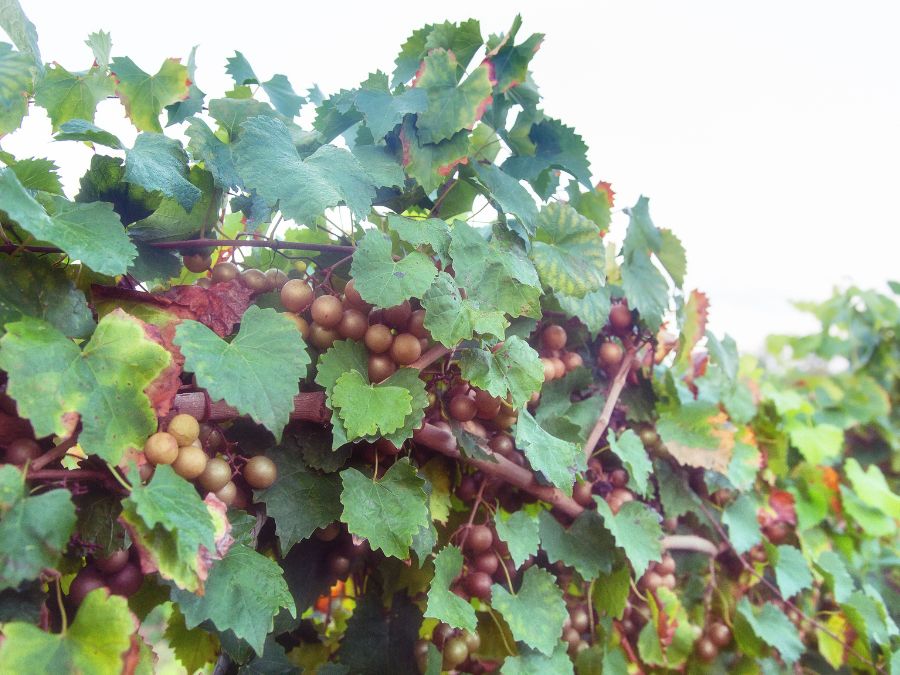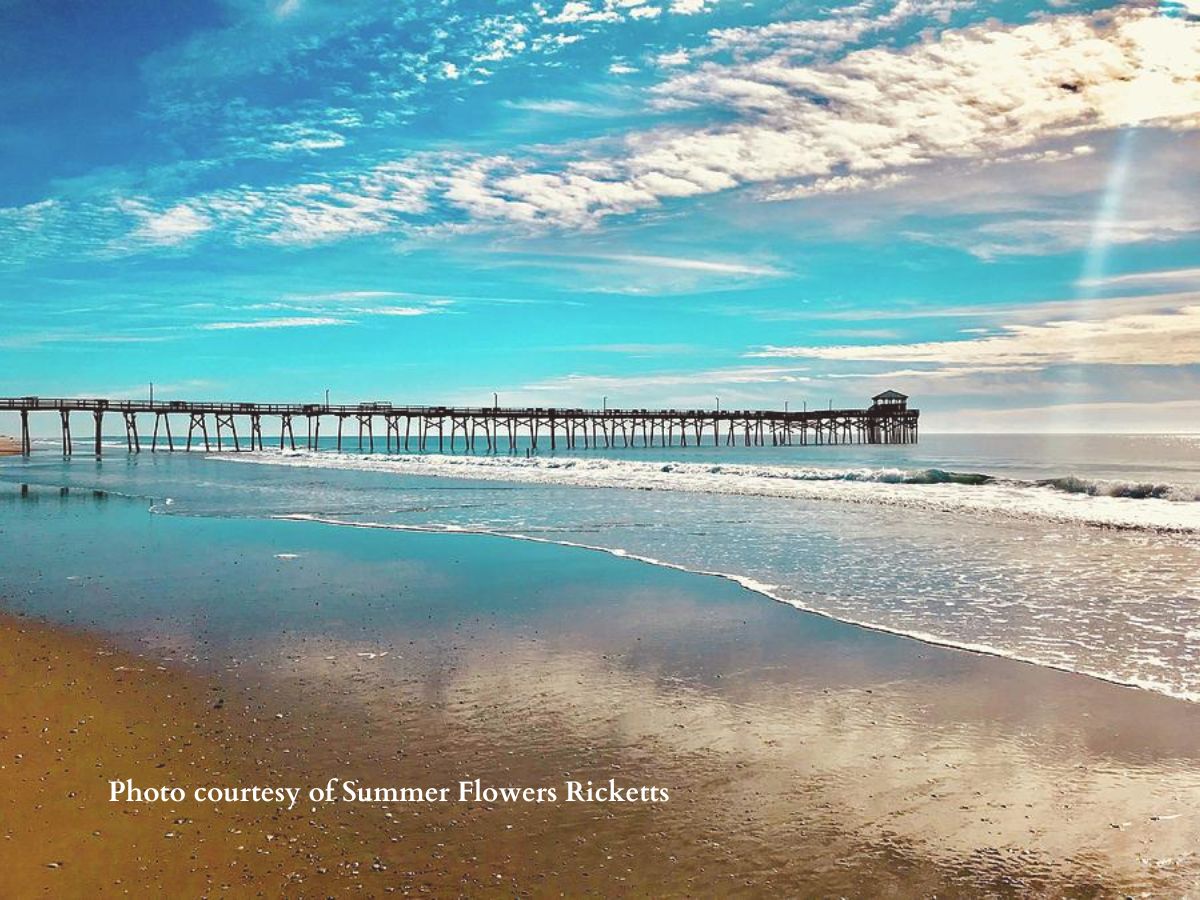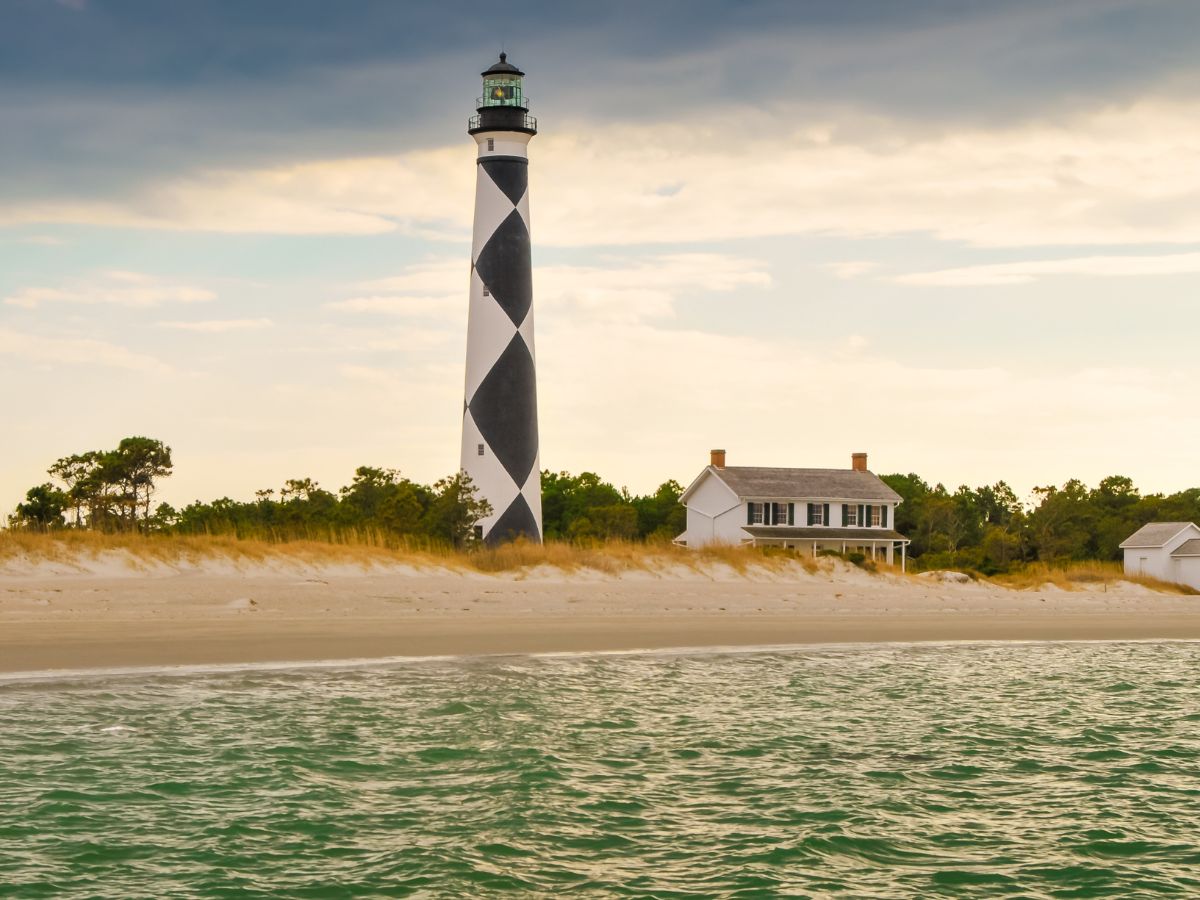Natural Carteret — 5 Min Read
What’s your favorite bird?
By Jessi Waugh
Mine is the woodcock, which can be spotted at the edge of Carteret County forests in the late winter and early spring, bobbing and dancing like a teenager at a Taylor Swift concert.
My six-year-old favors the “Red Jay,” otherwise known as a cardinal, and Randy Newman, Fort Macon superintendent and leader of the Bird Hikes, likes cuckoos, because who knew that the birds from the clocks were real and right in front of our noses?
If you’re undecided, the Fort Macon Bird Hike is a great chance to evaluate your options. During Bird Hikes, a ranger sets out from the Visitors Center on an easy hour-long walk to the various habitats at the end of Bogue Banks. Participants will see birds that live at the Crystal Coast year-round and others that are just visiting for their annual vacations. When I attended the Bird Hike in early November, the goal was to see twenty-three species, a target that was easily met on a beautiful fall morning.
The first bird we spied was a Great Horned Owl, a dramatic start to a nature walk. The eagle-sized predator flapped away from a tall pine spire and sailed over the treetops, its wingspan blocking the sun. Our fearless leader, Ranger Randy, mimicked the call of the owl so clearly, the mice along our path quivered with fear in their hidey holes.
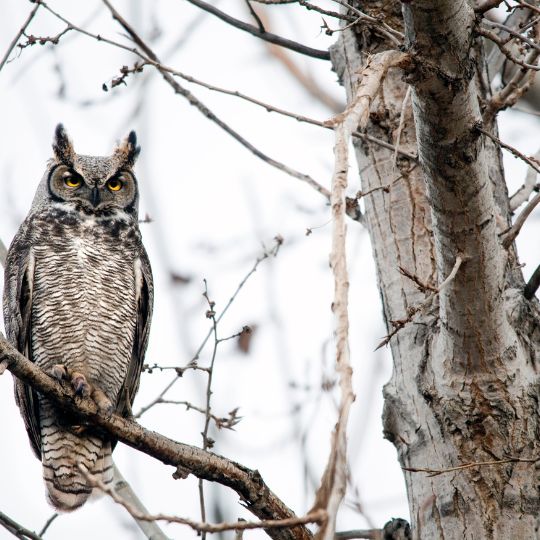
Next, we were dazzled by yellow-rumped warblers darting between myrtle bushes and juniper trees, their sunny behinds flashing in dips and dives. When we looked past the flitting yellow feathers, we saw a blue heron standing dignified in the shadows of the maritime forest.
As we turned toward the beach, pelicans flew by with their bucket beaks hanging full, and gulls perched on the tops of Coast Guard ships and channel markers. Laughing gulls, herring gulls, black-backed gulls, and ring-billed gulls are easily mistaken for one another, as their colors change throughout the year and during their lifespans. The black-backed gulls are the largest and the laughing gulls are the most likely to tease you.
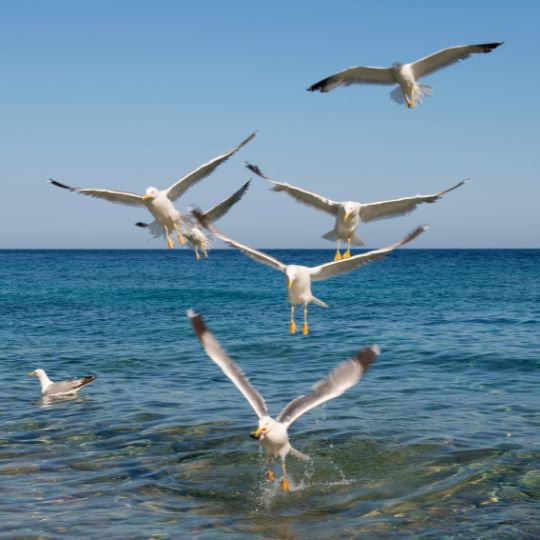
Also in the sky were black cormorants, out fishing for their breakfasts, and as we strolled the beach, we met a fellow birder outfitted with binoculars and a tripod camera. He’d spotted a giant cormorant on the Fort Macon jetty, where the rocks create a unique environment and attract rare species.
But the bird everyone wants to see, that everyone stalks like an A-list celebrity, is the painted bunting, especially the male. Unlike the female, the male isn’t a sitting target on a nest, so he can dress for the Mardi Gras and tempt birders with his rainbow plumage.
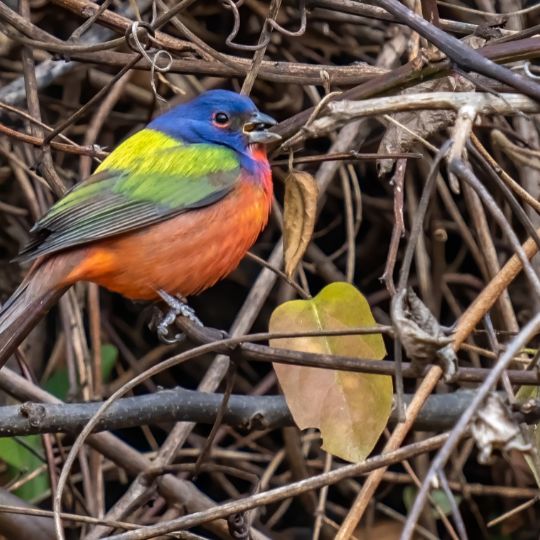
To help keep the painted buntings and other songbirds coming, please donate bird food to Fort Macon’s feeders. Located beside the Visitor’s Center, these easily visible platforms expose guests to feathered friends as they visit the fort. Also, consider becoming a member of the Carolina Bird Club to learn more about our native birds and local viewing opportunities.
And if you see a woodcock this winter, tell him I said hi.
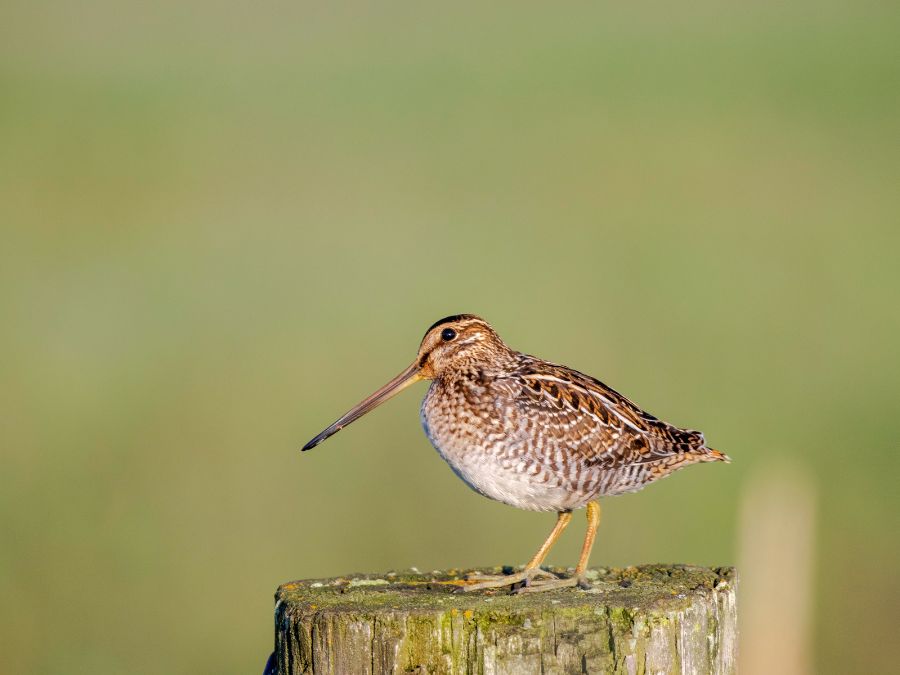
Mine is the woodcock, which can be spotted at the edge of Carteret County forests in the late winter and early spring, bobbing and dancing like a teenager at a Taylor Swift concert.
My six-year-old favors the “Red Jay,” otherwise known as a cardinal, and Randy Newman, Fort Macon superintendent and leader of the Bird Hikes, likes cuckoos, because who knew that the birds from the clocks were real and right in front of our noses?
If you’re undecided, the Fort Macon Bird Hike is a great chance to evaluate your options. During Bird Hikes, a ranger sets out from the Visitors Center on an easy hour-long walk to the various habitats at the end of Bogue Banks. Participants will see birds that live at the Crystal Coast year-round and others that are just visiting for their annual vacations. When I attended the Bird Hike in early November, the goal was to see twenty-three species, a target that was easily met on a beautiful fall morning.
The first bird we spied was a Great Horned Owl, a dramatic start to a nature walk. The eagle-sized predator flapped away from a tall pine spire and sailed over the treetops, its wingspan blocking the sun. Our fearless leader, Ranger Randy, mimicked the call of the owl so clearly, the mice along our path quivered with fear in their hidey holes.

Next, we were dazzled by yellow-rumped warblers darting between myrtle bushes and juniper trees, their sunny behinds flashing in dips and dives. When we looked past the flitting yellow feathers, we saw a blue heron standing dignified in the shadows of the maritime forest.
As we turned toward the beach, pelicans flew by with their bucket beaks hanging full, and gulls perched on the tops of Coast Guard ships and channel markers. Laughing gulls, herring gulls, black-backed gulls, and ring-billed gulls are easily mistaken for one another, as their colors change throughout the year and during their lifespans. The black-backed gulls are the largest and the laughing gulls are the most likely to tease you.

Also in the sky were black cormorants, out fishing for their breakfasts, and as we strolled the beach, we met a fellow birder outfitted with binoculars and a tripod camera. He’d spotted a giant cormorant on the Fort Macon jetty, where the rocks create a unique environment and attract rare species.
But the bird everyone wants to see, that everyone stalks like an A-list celebrity, is the painted bunting, especially the male. Unlike the female, the male isn’t a sitting target on a nest, so he can dress for the Mardi Gras and tempt birders with his rainbow plumage.

To help keep the painted buntings and other songbirds coming, please donate bird food to Fort Macon’s feeders. Located beside the Visitor’s Center, these easily visible platforms expose guests to feathered friends as they visit the fort. Also, consider becoming a member of the Carolina Bird Club to learn more about our native birds and local viewing opportunities.
And if you see a woodcock this winter, tell him I said hi.



